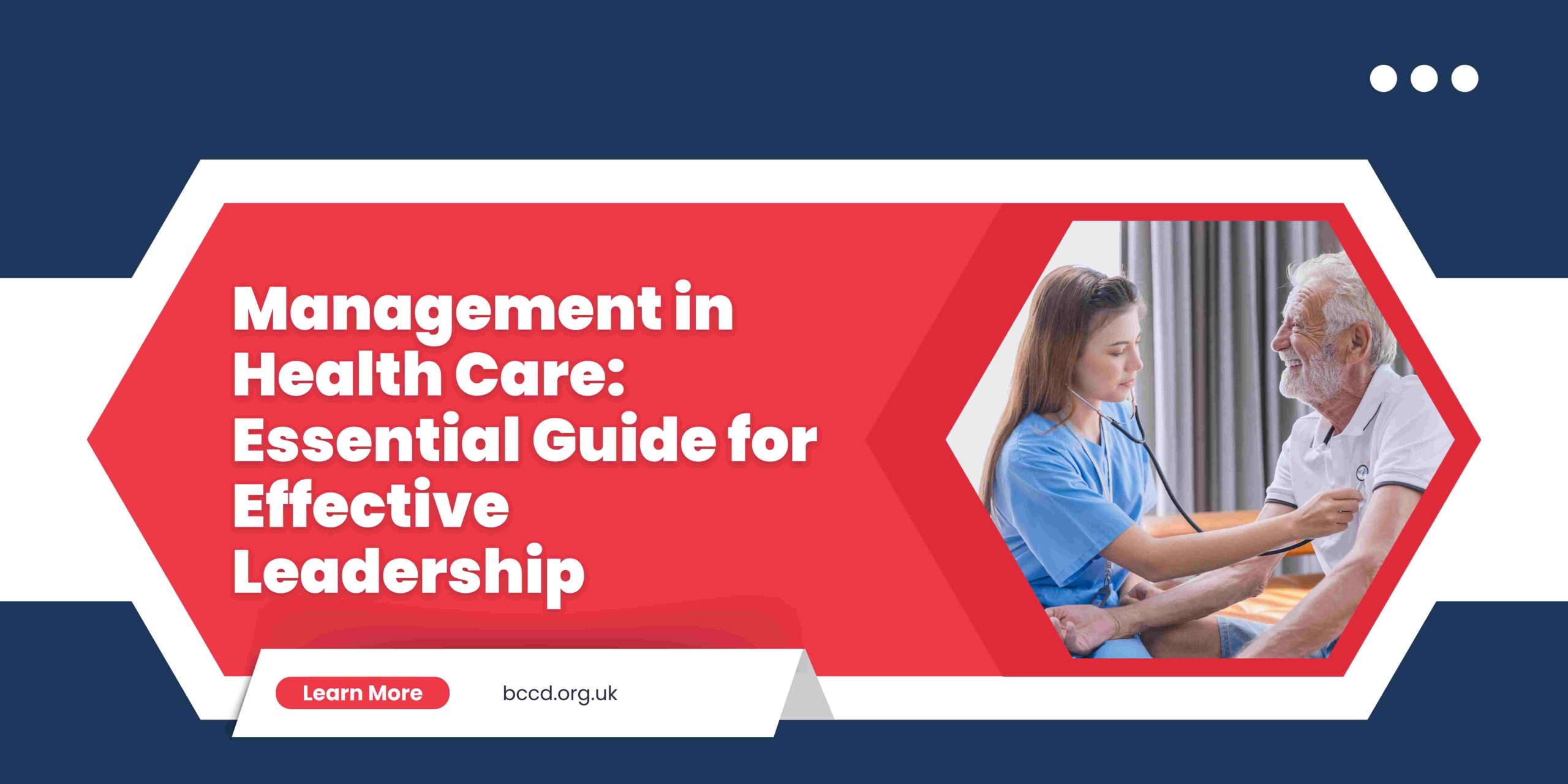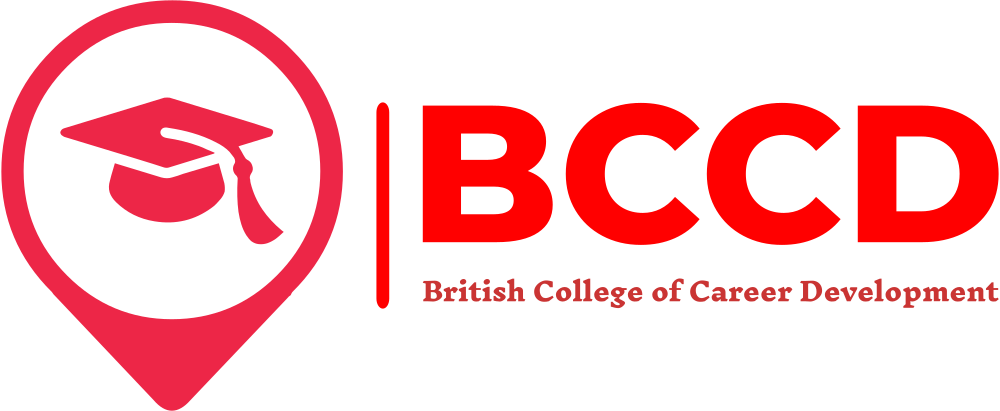

Management in Health Care: Essential Guide for Effective Leadership
Introduction
Efficient management in health care is vital for ensuring quality patient outcomes, operational efficiency, and staff satisfaction. This article explores healthcare management comprehensively—covering its roles, functions, strategic importance, challenges, and real‑world applications. Whether you’re a new administrator, clinician stepping into leadership, or an aspiring healthcare manager, this guide equips you with knowledge and practical insights.
1. What Is Management in Health Care?
Management in health care involves the planning, organizing, leading, and controlling of resources (human, financial, and technological) to deliver safe, effective, and patient‑centered care. Health care managers coordinate diverse teams—nurses, physicians, technicians, and support staff—ensuring clinical and administrative systems work seamlessly to meet organizational goals.
2. Key Roles and Responsibilities
a. Strategic Leadership
Setting vision and long-term goals, aligning healthcare services with organizational mission, adapting to evolving policies and patient needs.
b. Operational Oversight
Streamlining day-to-day functions, optimizing staffing, managing budgets, ensuring regulatory compliance, and monitoring performance metrics.
c. Workforce Management
Recruiting, training, and retaining professionals; fostering teamwork, supporting career development, and maintaining morale.
d. Quality and Patient Safety
Implementing evidence-based protocols, conducting audits, reducing errors, and cultivating a culture of continuous improvement.
e. Financial Stewardship
Budget planning, cost control, revenue cycle management, billing, procurement, and analyzing financial reports for informed decisions.
f. Technology Integration
Overseeing adoption of electronic health records, telemedicine, scheduling systems, and analytics to enhance care delivery and data-driven decisions.
3. Core Competencies for Healthcare Managers
Communication & Collaboration: Clear dialogue with clinical teams, patients and stakeholders.
Critical Thinking & Problem Solving: Addressing complex clinical‑administrative intersections.
Change & Project Management: Leading new processes, technology, or restructuring initiatives.
Data Literacy: Interpreting performance indicators, financial trends, and quality measures.
Ethical & Cultural Sensitivity: Upholding patient confidentiality, informed consent, and equitable access.
4. Types of Healthcare Management Roles
Clinical Manager: Oversees specific clinical area (e.g. nursing, pharmacy).
Department Manager: Manages a department like radiology, finance, or admissions.
Hospital Administrator / CEO: Leads entire facility strategy and operations.
Practice Manager: Leads outpatient clinics or primary care settings.
Program Director: Coordinates specialized initiatives (e.g. community outreach, wellness programs).
5. Strategic Planning and Organizational Development
Environmental Scanning: Assessing regulatory changes, demographic trends, and competitor landscape.
Goal Setting: Defining measurable objectives aligned with patient care, quality, and financial stability.
Resource Allocation: Prioritizing staffing, equipment, and investment based on needs.
Performance Tracking: Monitoring KPIs tied to length of stay, readmission rates, patient satisfaction, and cost per case.
Continuous Improvement: Establishing cycles of planning, action, evaluation, and refinement.
6. Leadership and Team Dynamics
Transformational Leadership: Inspires staff, builds trust, encourages innovation.
Collaborative Culture: Fosters interprofessional teamwork, shared decision‑making.
Mentorship & Coaching: Nurturing future leaders, aligning clinical expertise with managerial skills.
Conflict Resolution: Handling staff disputes, addressing burnout and turnover.
7. Patient-Centered Management
Prioritizing patient satisfaction and engagement through communication, transparency, and personalized care.
Involving patients in hospital policy, feedback loops, and service design.
Reducing barriers: language access, scheduling flexibility, and culturally competent services.
8. Financial Management in Healthcare
Budget Creation: Estimating costs, revenues, and capital needs.
Cost Control: Analyzing spending patterns, reducing waste, negotiating vendor contracts.
Revenue Optimization: Maximizing billing accuracy, coding, reimbursement claims.
Financial Analysis: Evaluating profitability, ROI of programs, cash flow, and fiscal forecasting.
9. Technology & Digital Innovation
Implementing Electronic Health Records (EHRs) to improve documentation, reduce errors, and support analytics.
Deploying Telehealth Solutions for remote consultations and triage.
Using Decision Support Systems and predictive analytics for care planning and resource forecasting.
Ensuring data privacy and security through encryption, access controls, and compliance frameworks.
10. Quality, Safety & Compliance
Ensuring adherence to national regulations, accreditation standards, and clinical guidelines.
Conducting Incident Reporting Systems to track and analyze safety events.
Facilitating Root Cause Analysis and corrective actions after adverse events.
Promoting quality committees to review outcomes, patient feedback, and audit results.
11. Change Management in Healthcare Settings
Preparing for transformation initiatives like EHR rollouts, new workflow designs, or policy shifts.
Engaging stakeholders through communication, training, and feedback sessions.
Piloting changes, measuring impact, and scaling gradually.
Managing resistance by focusing on benefits, training, and support.
12. Workforce Development and Training
Designing continuous education programs aligned with emerging standards and needs.
Partnering with academic institutions for clinical and leadership training.
Using simulation labs or e‑learning for staff skill enhancement.
Measuring impact on performance, patient outcomes, and retention.
13. Handling Crises and Emergency Preparedness
Establishing contingency plans for crises like pandemics, disasters, or cyberattacks.
Training teams in emergency triage, surge capacity management, and infection control.
Performing drills, evaluating readiness, and maintaining continuity of care.
14. Community Engagement and Public Health Integration
Partnering with community organizations, public health agencies, and outreach services.
Leading preventive programs, disease screening, and health promotion campaigns.
Implementing community-based care models to reduce hospital admissions and improve population health.
15. Measuring Outcome Effectiveness
Tracking patient health outcomes, readmission rates, and preventive service uptake.
Analyzing satisfaction surveys, complaint logs, and patient testimonials.
Monitoring staff retention, engagement, training completion, and absenteeism.
Regularly reviewing financial performance, operational costs, and productivity metrics.
16. Common Challenges & Solutions
| Challenge | Strategies to Overcome |
|---|---|
| Staff burnout & high turnover | Invest in engagement, wellness, fair scheduling |
| Budget constraints | Focus on cost-efficient innovation & operational audits |
| Resistance to change | Communicate benefits, involve staff, provide training |
| Regulatory complexity | Establish compliance teams and continuous monitoring |
| Data overload or misinterpretation | Invest in analytics tools and skilled interpretation |
| Balancing access with quality | Streamline workflows and triage care appropriately |
17. The Role of Ethics and Culture
Upholding patient privacy and informed consent.
Ensuring equitable access regardless of demographic or socioeconomic status.
Building ethical decision-making through committees, training, and transparent policies.
18. Career Pathways in Healthcare Management
Entry-Level: Unit leads, administrative coordinators, assistant managers.
Mid-Level: Department heads, practice managers, clinical supervisors.
Senior-Level: Hospital administrators, regional directors, health system executives.
Specialist Tracks: Quality manager, operations director, health informatics leader, public health project manager.
19. Trends Shaping the Future of Healthcare Management
Value‑based care models require outcome-centered strategies.
AI and automation streamline routine tasks and improve predictions.
Population health management focuses on preventive and community care.
Virtual care expansion through telehealth and remote monitoring.
Patient empowerment via mobile apps, feedback tools, and shared decision-making.
20. Effective Strategies for Success in Health Care Management
Actively solicit feedback from staff, patients, and stakeholders.
Use lean methodology to eliminate waste and improve workflow.
Establish leadership development programs within the organization.
Build data dashboards for monitoring quality, finance, and operational indicators.
Embrace innovation pilots—small trials before large-scale adoption.
Conclusion
Management in health care is a dynamic and impactful discipline that bridges organizational strategy with patient-centered service. By combining leadership, fiscal responsibility, technological adaptation, and a commitment to quality, effective healthcare managers enable systems to deliver better outcomes for patients and communities. With growing complexity in care environments, the value of skilled and inspired management continues to rise.
Whether you are leading a small clinic or governing a major hospital, mastery of effective healthcare management positions you to influence positive change and build a sustainable, resilient system of care.
Read More: University Online Courses: A Complete Guide to Flexible Higher Education




